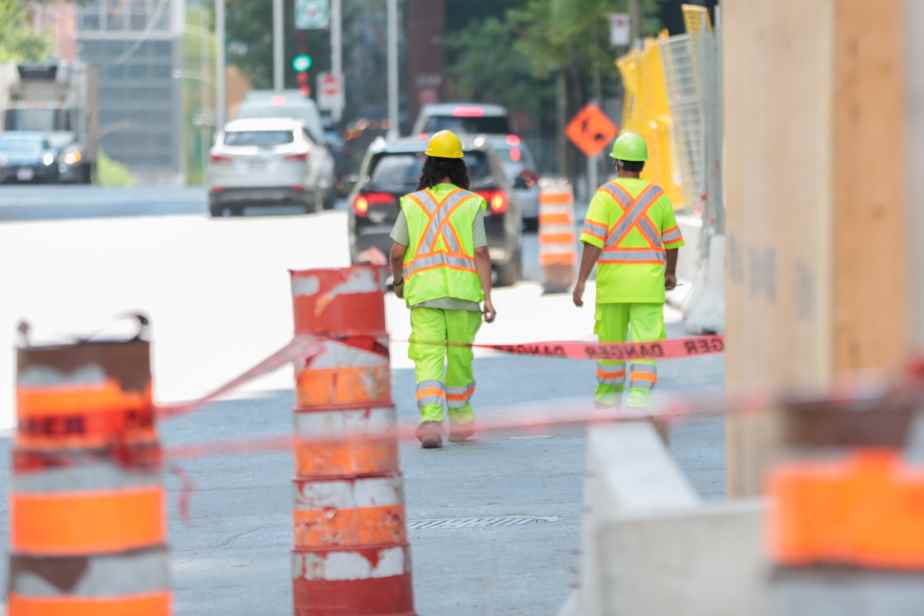More and more people in Quebec are putting their lives in danger by leaving for work, and it is not for the reasons that would spontaneously come to mind. The effects of climate change are becoming increasingly deadly.
Posted at 4:00 p.m.
The increasingly frequent episodes of intense heat bring their share of catastrophic stories. Let us remember the heat waves of 2018 and 2020 which cost the lives of more than a hundred people in Quebec. These premature deaths are on the rise across Canada. The list doesn’t stop there, neither do the effects.
Cardiovascular diseases and respiratory disorders are on the rise due to air pollution, forest fires, droughts and heat waves. Complications related to air pollution kill nearly 15,000 people a year in Canada. Cancers are also on the increase due to more violent UV rays and the lengthening of the summer period.
The same goes for traumatic physical and psychological injuries caused by natural disasters, which are increasingly frequent and violent. Excessive heat exposure could increase discomfort and fatigue, decrease alertness and manual dexterity; which increases work accidents.
More and more diseases are transmitted by insects and rodents that move north due to the increase in temperature, affecting workers, especially in forestry; we need only think of Lyme disease.
To top it all off, we now know that eco-anxiety is real, and like any form of anxiety, it can cause loss of engagement and productivity at work.
Now imagine yourself as a working person. Imagine being a person working as a blue-collar worker for a municipality, as a lineman at Hydro-Québec, on a construction site, a young monitor in a day camp or an agricultural worker. Now transpose the effects described above. No one should put their health and safety at risk at work. Point.
A decade ago, there was an annual average of three days over 32°C. According to the INSPQ, we could increase to more than 20 days by 2040, then to almost 50 days before the end of the century. By 2050, we could see a worrying 122% increase in the daily number of heat-related health problems.
In 2019, the International Labor Organization published a report on heatstroke and lost hours worked; this is the equivalent of 80 million jobs that will be lost worldwide by 2030 if nothing is done.
We can deduce that the economy will certainly be affected due to absenteeism, compensation claims, reduction in the work force, longer deadlines, etc.
Yet, what are governments doing? Little or nothing. They prefer to discuss the creation of green jobs and carbon offset technologies. Besides, how would the latter prevent an impact on the health of someone working, for example, in a refinery?
Governments talk a lot about adapting to climate change. Why ? Because the costs of climate-related disasters now amount to between 5% and 6% of Canada’s GDP. It is enormous. These costs are increasing.
However, is the impact on the economy a reason to relegate workers to the rank of spectators? To let them take a lottery on their health and their lives every morning when they leave for work? Of course not.
Yet solutions exist, such as just transition, prevention and adaptation. This means basing transition planning on decent work hours, establishing social dialogue with those who are already experiencing the impacts and tackling social inequalities.
For years, our organizations have been asking both levels of government to put in place tripartite structures to plan for this transition.
We can only conclude that governments have instead chosen to abandon workers.
Now, in the next election, it’s time to speak up: which candidates are concerned about your health and safety at work?
